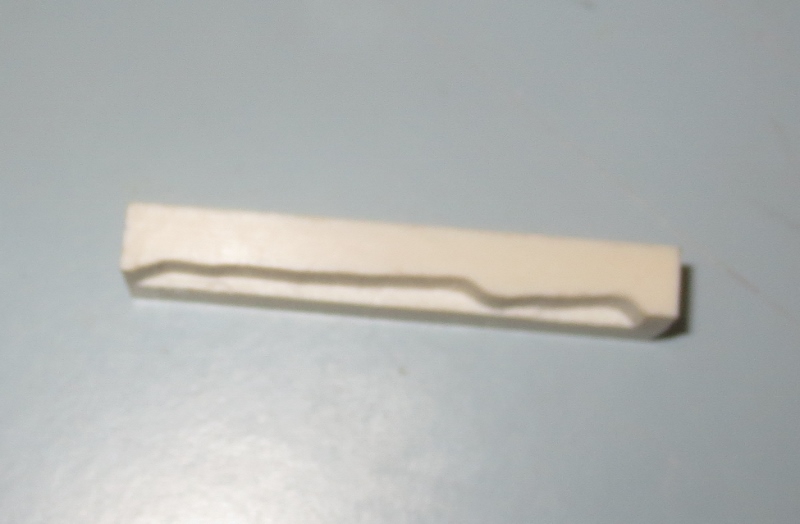|
MunichLuthier -> RE: Intonation of flamenco guitars and guitars in general (May 24 2015 6:44:58)
|
@Ricardo: Good joke!
...now as we have a "docmatic"-free and "insult"-free discussion here, is any one really interested in my fret-compensation aka as patented scale?
btw. it has less problems with cejilla and its not entirely true what estebana says. I have observed that after corrections, guitars tune much better with the capo than before.
...and when I read what you do, its more or less the same we all do when its about setting up or correcting guitars with standard measures on the fretboard. I asked about the standard nut compensation because in my corrections - as I wrote in the other thread - not even two guitars were the same out of approx. 50. The only thing that I can say out of this numbers of guitars is that 1st and 2nd strings have the smallest problems and on many guitars none at all, the 4th/D had a surprisingly high occurrance of problems and the G is not as bad as people say.
And I observed already 5 times now, that the 5th/A needed lengthening on the nut and not shortening.
I don't want to claim that all of that dissappears with my calculation, but I would say that you do not have to spend as much time on compensation during fine tuning as on standard scales. And as it stays with the usual production procedure, its not more expensive than the standard method and is safes time and it is significantly better in tune and in many cases close to perfect.
As I said in the other thread, I give you the positions if you want to try it.
Have a nice weekend!
Michael
|
|
|
|

